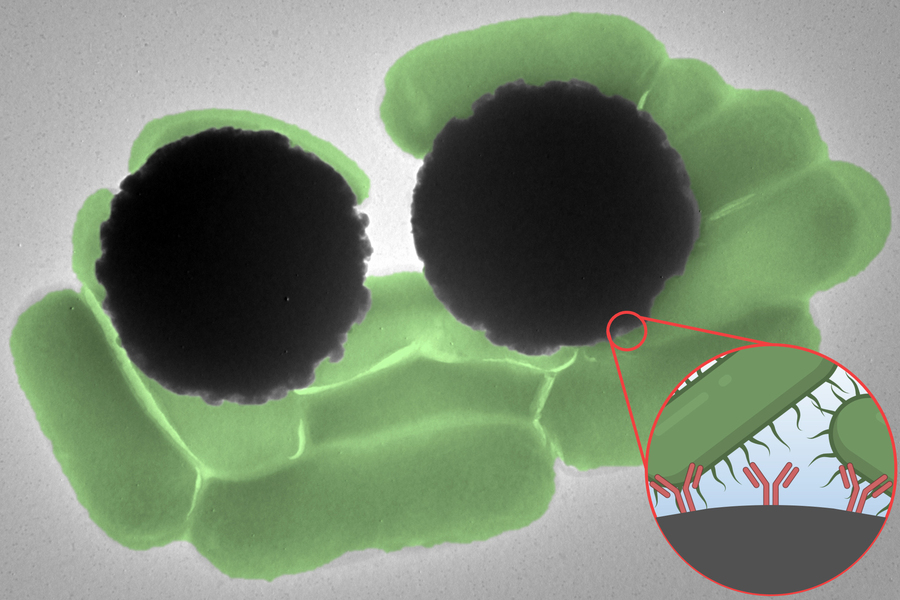MIT News August 25, 2023
Researchers at MIT have identified a new optical signature in a widely used class of magnetic beads, which could be used to quickly detect contaminants in a variety of diagnostic tests. They used Dynabeads coated with anti-Salmonella to bind and identify Salmonella enterica. Dynabeads presented signature peaks at 1000 and 1600 1/cm from aliphatic and aromatic C-C stretching of polystyrene, and 1350 1/cm and 1600 1/cm from amide, alpha-helix, and beta-sheet of antibody coatings of the Fe2O3 core, confirming with electron dispersive X-ray imaging. The Raman signature could be measured in dry and liquid samples. Higher polystyrene and antibody content in clusters yields to the larger signal intensity. According to the researchers their findings shed light on the intrinsic Raman reporter nature of Dynabeads, demonstrating their dual function for target isolation and detection without additional sample preparation, staining, or unique plasmonic substrate engineering, advancing their applications in heterogeneous samples like food, water, and blood… read more. Open Access TECHNICAL ARTICLE

Dynabeads, which are antibody-coated superparamagnetic beads, served as a strong Raman reporter…
Credits: Courtesy of the researchers